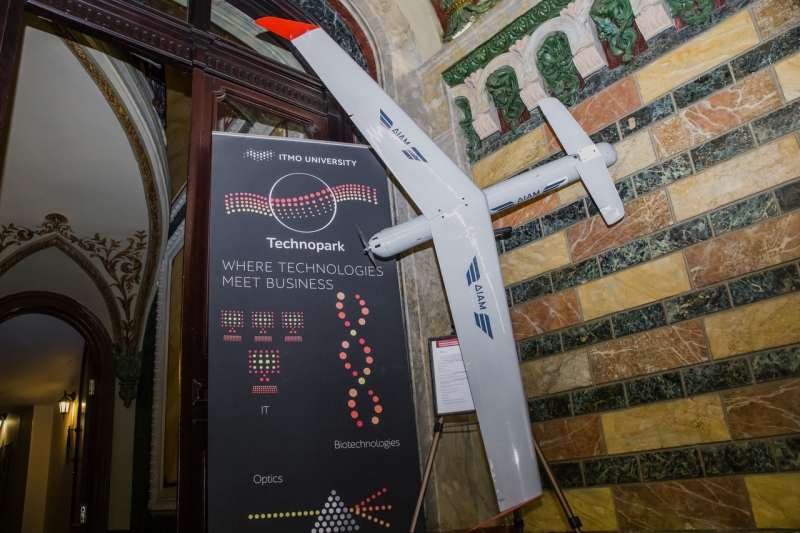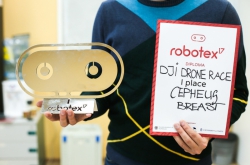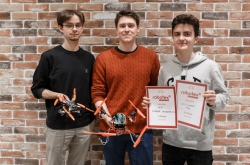It’s hard to imagine the modern world without drones (or uncrewed aerial vehicles) of various designs and purposes. Drones conduct aerial photography, shoot films, carry out reconnaissance, and deliver products. The range of functions that UAVs can perform is broad and ever-growing, which leads to more and more manufacturers entering the market, and the capabilities of the devices becoming more impressive.
A St. Petersburg-based engineering team is currently completing their work on a prototype of Angel, an uncrewed aerial vehicle with a hyperspectral camera on board, which can conduct remote sensing of the surface in the infrared and ultraviolet ranges.
“What makes this suite truly special is that it was created using an unconventional aerodynamic design and can boast unique working load and flight time characteristics. However, the most important thing about this vehicle is that thanks to the hyperspectral camera, it can see much more than the human eye can. That is why we called it Angel,” explains Andrei Karmanov, one of the project’s authors and an associate professor at ITMO’s Faculty of Infocommunication Technologies.
Duck system
The first thing that catches your eye when looking at the new drone is the unconventional layout of the wings. The stabilizers are located not in the tail but on the nose, while the propeller is located at the rear end of the vehicle, which means that it doesn’t pull the drone along, but pushes it forward.
“Such a system is called a Duck,” explains Andrei Karmanov, demonstrating the device at ITMO University’s campus. “This design creates additional aerodynamic force thanks to the stabilizers located in the bow of the aircraft. The position of the propeller in the tail reduces drag and energy consumption. It has drawbacks at low speeds, but since the vehicle is launched off a catapult, they don’t really matter.”

What is also important about the project, says Andrei Karmanov, is that it can be scaled and adjusted to the needs of each particular customer. This particular model presented at ITMO University has a wingspan of more than three meters. The device can stay in the air for 240 minutes, however, according to the developers, this time can be increased to 600 minutes.
Hyperspectral camera
The most important feature of the new vehicle is a hyperspectral camera, which enables it, as the authors of the project say, with robotic vision. The camera is being developed by the same engineering team.
“We can use aerial imagery of forests taken by our camera to identify diseased trees,” explains Karmanov. “When shooting power lines, the system can easily determine the state of the insulating materials.”

Geoinformation suite
If testing is completed successfully, Angel can become part of a larger geoinformation suite, also developed by Andrei Karmanov and his colleagues. It will transmit information obtained during the survey to the server, where it will then be used to build a picture of what is going on in the real-time mode to facilitate the work of those responsible for decision making. Apart from that, this information can be used to model and assess various response scenarios.
“The initial purpose of this geoinformation suite was to monitor the process of railway construction, and then we extended it to other industries as well,” shares Andrei Karmanov. “There are no similar systems out there, at least from what I've seen. The fact that we have chosen the right direction is confirmed by the awards we’ve received at numerous Russian and international conferences.”




